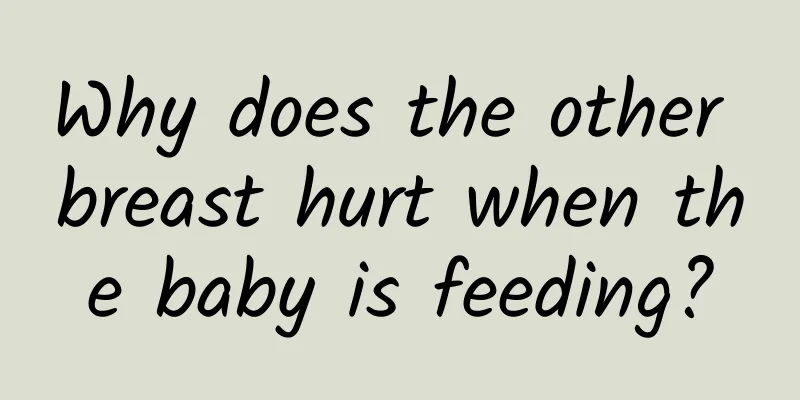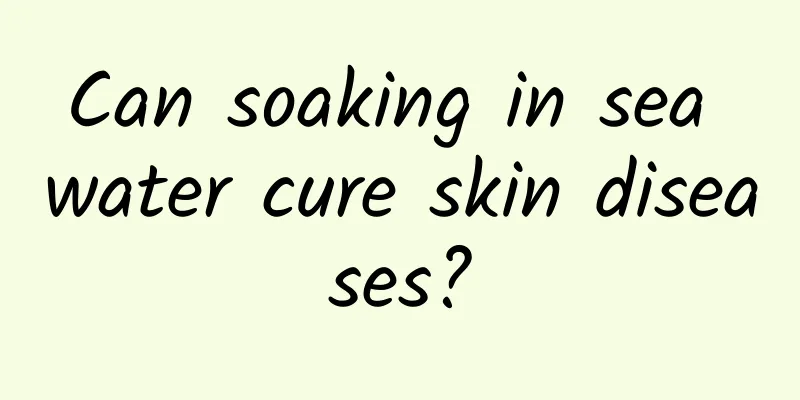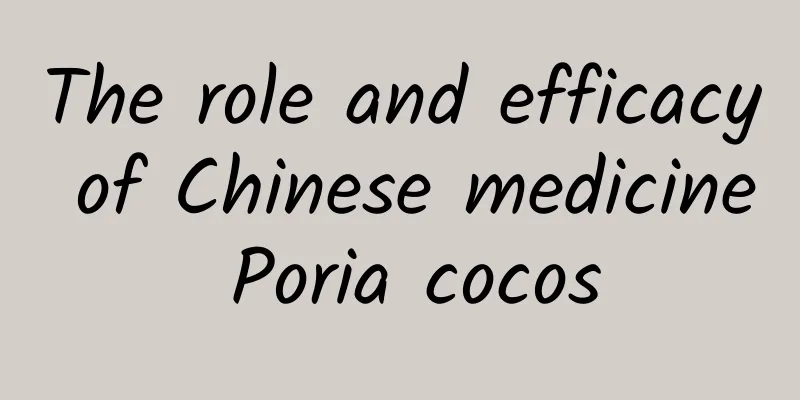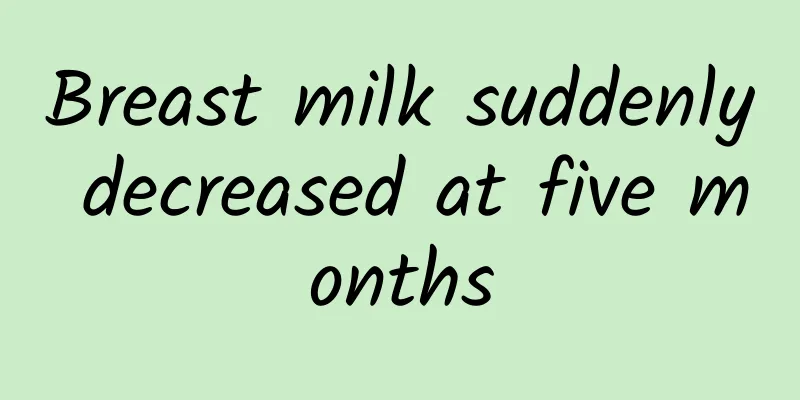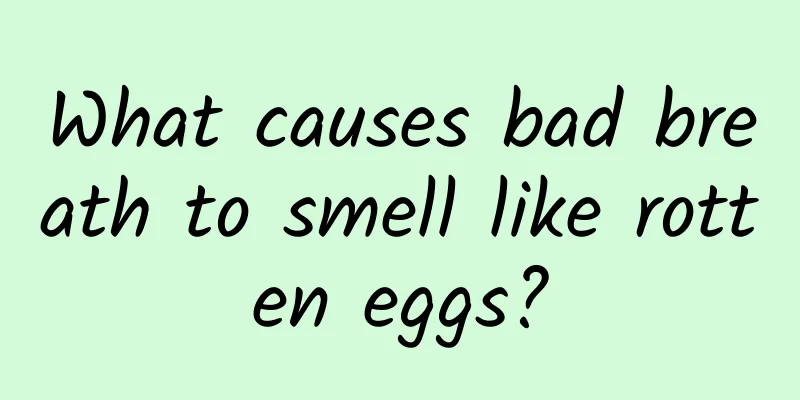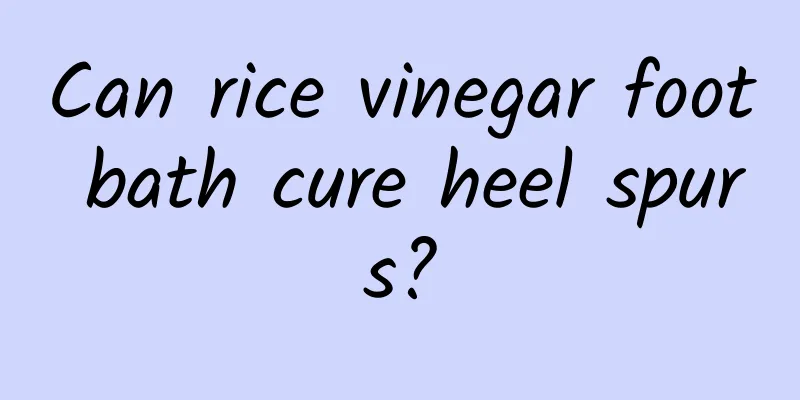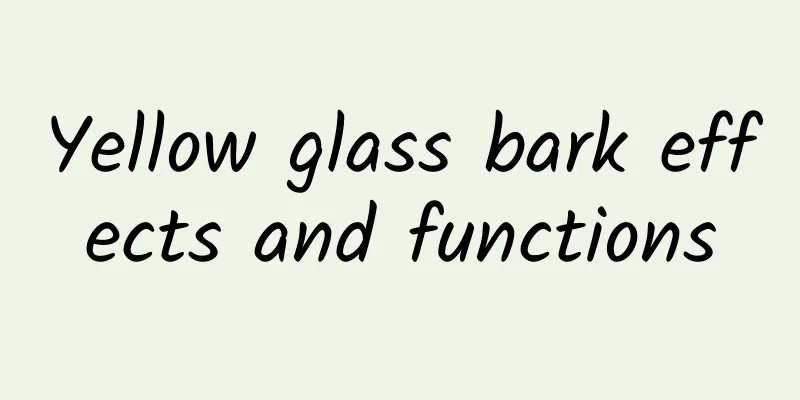Radical thyroidectomy

|
There are many common diseases in life, and good methods are needed to treat them. Different diseases have different treatment methods, so before treatment, you need to have a good understanding of the disease. Thyroid cancer is not familiar to many people. Such a disease poses a great threat to human health, and treatment also takes a long time. How about radical surgery for thyroid cancer? Many people do not know how to choose the treatment method for thyroid cancer. When treating the disease, they should follow the doctor's instructions, which will be very helpful for improving the disease. So how about radical thyroid cancer surgery? Radical thyroidectomy: [Indications] 1. Invasive papillary adenocarcinoma. 2. Invasive follicular head adenocarcinoma. 3. Medullary carcinoma. [Contraindications] 1. Those who are in extremely poor general condition or suffer from serious diseases of other important systems or organs and are unable to withstand major surgery. 2. Patients with distant metastasis. 3. Undifferentiated carcinoma. [anaesthetization] Endotracheal intubation under general anesthesia. [Surgical steps] 1. Position the head to the opposite side to fully expose the lateral and posterolateral sides of the neck. 2. Based on the collar incision on the neck, the incision goes upward through the inner edge of the sternocleidomastoid muscle on the affected side to the lower edge of the mastoid, forming a ⊥-shaped incision. 3. Expose the incised skin, subcutaneous tissue and platysma muscle. If there is no tumor infiltration in the platysma muscle, it should be preserved. The skin flap is separated from the deep surface of the platysma muscle. The inner side can exceed the midline of the trachea, the outer side can reach the front edge of the trapezius muscle, the lower side can reach the clavicle, and the upper side can pass the lower edge of the mandible by about 2 cm. The skin flap is flipped up, down, front and back respectively, and sutured to fix it on the skin of the corresponding part. 4. Separate the sternocleidomastoid muscle, enter along the medial edge of the sternocleidomastoid muscle, and pull it outward. If the exposure is not satisfactory, the sternocleidomastoid muscle can be cut 2 cm above the attachment point at the lower end, turned up, and re-sutured after the operation. The fascia surrounding the muscle should also be removed. 5. Resection of the infrahyoid muscles: After separating the infrahyoid muscles on both sides from the white neck line, cut the hyoid muscles along the attachment edge of the clavicle and turn them upwards to be removed later. 6. Resection of the affected thyroid gland: Resection of the affected thyroid gland (including the isthmus and most of the adjacent thyroid gland on the opposite side) is performed, and a portion of the thyroid gland on the outside and behind on the healthy side is retained to maintain physiological function. The thyroid gland can be treated starting from the lower pole and flipped upward. At this time, care should be taken not to damage the recurrent laryngeal nerve. The isthmus can be penetrated in front of the trachea with hemostatic forceps and then removed on both sides. The healthy thyroid gland can be treated with partial or subtotal resection. 7. Management of the internal jugular vein The preservation of the internal jugular vein may be determined on a case-by-case basis. If there is extensive metastasis to the cervical lymph nodes, it is advisable to remove the internal jugular vein at the same time to ensure a radical cure. If the metastasis is not serious or the contralateral internal jugular vein has been removed in the previous operation, the internal jugular vein on the surgical side should be retained. If the internal jugular vein needs to be removed, the carotid sheath should be opened and the internal jugular vein should be carefully separated to prevent rupture and bleeding or air embolism. The internal jugular vein should be ligated and cut near the upper edge of the clavicle, and the proximal end should be sutured. Then lift the distal end of the internal jugular vein and separate it upwards. There are three groups of lymph nodes along the course of the internal jugular vein, namely the upper, middle and lower groups, which should be removed together. The internal jugular vein was separated to the submandibular triangle, ligated and cut at the lower edge of the submandibular gland, and care was taken to avoid damage to the vagus nerve and carotid artery. 8. Treatment of the submandibular triangle The submandibular triangle is generally not cleared unless the lesions at the upper pole have already metastasized widely. Cut the infrahyoid muscles at the lower edge of the mandible, and remove the infrahyoid muscles, internal jugular vein, and thyroid tissue together. 9. Clear the supraclavicular lymph nodes. Clear the supraclavicular lymph nodes and adipose tissue that have metastasized, taking care not to damage the brachial plexus. 10. After the suture has completely stopped the bleeding, place a soft rubber tube for drainage, suture layer by layer, and bandage the wound. [Precautions during surgery] 1. All the anterior cervical muscles and sternocleidomastoid muscle that are invaded by the tumor should be removed, but the sternocleidomastoid muscle that is not invaded by the tumor should be retained as much as possible. 2. When removing the thyroid gland, be careful not to damage the recurrent laryngeal nerve. 3. Lymph nodes where cancer has metastasized, such as those near the trachea, internal jugular vein, submandibular and supraclavicular fossa, should be completely removed. 4. If the internal jugular vein needs to be removed, be careful when separating it to prevent it from breaking and causing bleeding or air embolism. At the same time, be careful to prevent damage to the vagus nerve and phrenic nerve. 5. When separating supraclavicular lymph nodes, be careful not to damage the brachial plexus. 6. Stop bleeding carefully, and perform routine ligation and suture for larger blood vessels. [Postoperative treatment] 1. General postoperative treatment is the same as that of subtotal thyroidectomy, except that iodine is not required. 2. The treatment of postoperative complications is basically the same as that of subtotal thyroidectomy. 3. Thyroxine tablets should be taken for a long time after surgery, and follow-up should be conducted 3 months, 6 months, and 1 year after surgery, and then once a year thereafter for a total of 5 years; thereafter, follow-up can be conducted every 2 to 3 years. Through the above introduction, we have a good understanding of radical thyroid cancer surgery. This treatment method is a good choice. However, it should be noted that when using this treatment method, you must be careful not to do it casually, otherwise it will cause great harm to your own health. You must choose according to the patient's disease needs. |
<<: What causes high triglycerides?
Recommend
Symptoms of costochondritis
Costochondritis is a common disease, and this dis...
Can I use heat to treat my lumbar disc herniation?
Lumbar disc herniation has become an increasingly...
How to treat arthritis better with traditional Chinese medicine
Arthritis is a disease that many people are afrai...
What is the role of Maca
Maca is a herb with unique genes and a special sh...
Can pregnant women eat Panax notoginseng?
Pregnant women need to pay special attention to t...
The efficacy of buffalo horn silk
Buffalo horn silk is bitter, cold and non-toxic, ...
Allergic conjunctivitis
Allergic conjunctivitis is a common disease of th...
Blackness in front of my eyes when I stand up
The human body is a complex structure, and people...
Isn't it possible to get pregnant during the ovulation period? What is the reason for not getting pregnant during ovulation?
Pregnancy is a complicated and magical thing. Som...
Cerebral infarction hemiplegia rehabilitation training, these methods can be used
Cerebral infarction is a very common type of dise...
How to remove dead skin from your lips, six tips to give you sexy lips
Many people tend to have dry and flaky lips when ...
Roselle wine
Wine soaking is a unique craft that has been pass...
The efficacy and function of Misty Water Pueraria
You may not have heard of the Chinese medicinal h...
How to treat low immunity? A few simple tips to improve immunity
People with low immunity are most vulnerable to v...
Bacterial vaginosis
Vaginitis is a common gynecological disease in wo...
